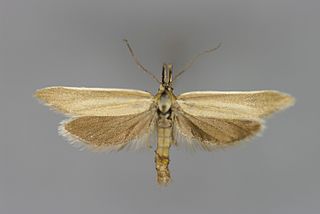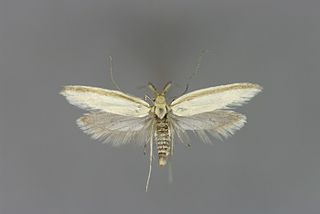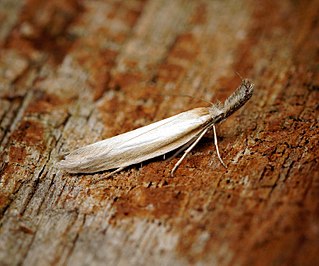
The Middle East is a geopolitical region encompassing the Arabian Peninsula, the Levant, Turkey, Egypt, Iran, and Iraq. The term came into widespread usage as a replacement of the term Near East beginning in the early 20th century. The term "Middle East" has led to some confusion over its changing definitions, and being seen as too Eurocentric. The region includes the vast majority of the territories included in the closely associated definition of West Asia, but without the South Caucasus, and additionally includes all of Egypt and all of Turkey.

The East India Company (EIC) was an English, and later British, joint-stock company founded in 1600 and dissolved in 1874. It was formed to trade in the Indian Ocean region, initially with the East Indies, and later with East Asia. The company gained control of large parts of the Indian subcontinent and colonised parts of Southeast Asia and Hong Kong. At its peak, the company was the largest corporation in the world by various measures and had its own armed forces in the form of the company's three presidency armies, totalling about 260,000 soldiers, twice the size of the British army at the time.

Cladonia is a genus of moss-like lichens in the family Cladoniaceae. They are the primary food source for reindeer/caribou. Cladonia species are of economic importance to reindeer-herders, such as the Sami in Scandinavia or the Nenets in Russia. Antibiotic compounds are extracted from some species to create antibiotic cream. The light green species Cladonia stellaris is used in flower decorations.

Chionodes is a genus of moths of the family Gelechiidae. It is distributed throughout much of the world. The larvae of many species use the Douglas fir as a host plant.

Pleurota bicostella is a moth of the family Oecophoridae. It is found in the Palearctic realm.

The Stipeae are a tribe of grasses within the subfamily Pooidae, with up to 600 described species.

Pleurota marginella is a moth of the family Oecophoridae. It is found in Germany, Austria, Switzerland, the Czech Republic, Slovakia, Italy, Croatia, Hungary, Romania and Greece, as well as in North Africa.

Pleurota pyropella is a moth of the family Oecophoridae. It is found in Portugal, France, Germany, Italy, Austria, Switzerland, the Czech Republic, Slovakia, Albania, Croatia, Slovenia, Bosnia and Herzegovina, Serbia, Hungary, Bulgaria, Romania, North Macedonia, Greece, Turkey, Ukraine, Russia, as well as on Corsica, Sicily, Cyprus and Crete. Outside of the Europe, the range extends to the eastern Palearctic. The species is also present in the Near East and North Africa.
Canastra is a genus of bunchgrass plants in the grass family. Its species are endemic to Brazil.
Chionodes aristella is a moth in the family Gelechiidae. It is found in North America, where it has been recorded from Arizona and Colorado.
Scrobipalpa corsicamontes is a moth in the family Gelechiidae. It was described by Thierry Varenne and Jacques Nel in 2013. It is found on Corsica.

Pleurotinae is a subfamily of moths in the family Oecophoridae.

Pleurota is a genus of moths belonging to the family Oecophoridae. The species of this genus are found in Europe, southern Africa and North America.

Cladonia pleurota is a species of fruticose, cup lichen in the family Cladoniaceae. It was first formally described as a new species by German lichenologist Heinrich Gustav Flörke in 1808 as Capitularia pleurota. Ludwig Emanuel Schaerer transferred it to the genus Cladonia in 1850. In North America, it is known colloquially as the red-fruited pixie cup or the red-fruited cup lichen.
This page is based on this
Wikipedia article Text is available under the
CC BY-SA 4.0 license; additional terms may apply.
Images, videos and audio are available under their respective licenses.











